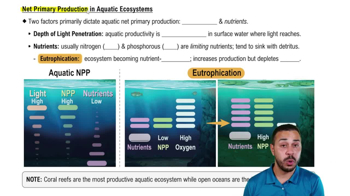Nitrifying bacteria participate in the nitrogen cycle mainly by
a. Converting nitrogen gas to ammonia
b. Releasing ammonium from organic compounds, thus returning it to the soil
c. Converting ammonium to nitrate, which plants absorb
d. Incorporating nitrogen into amino acids and organic compounds





